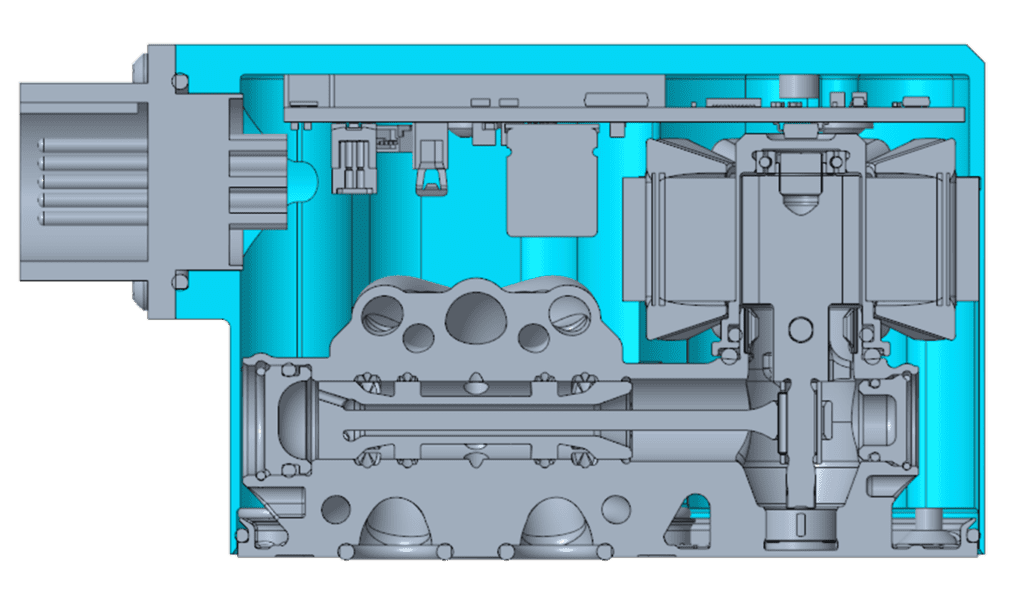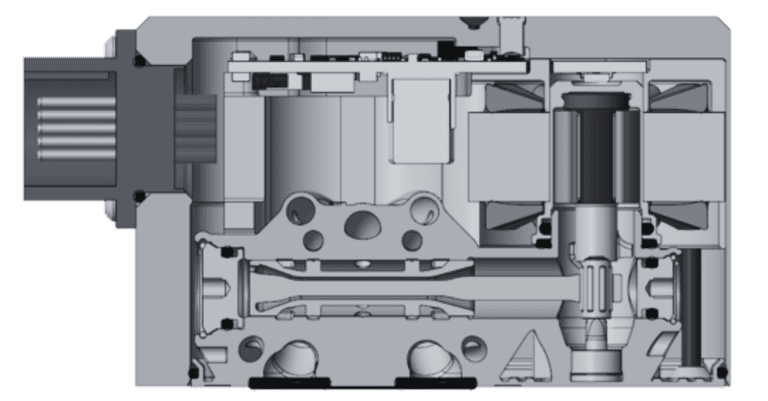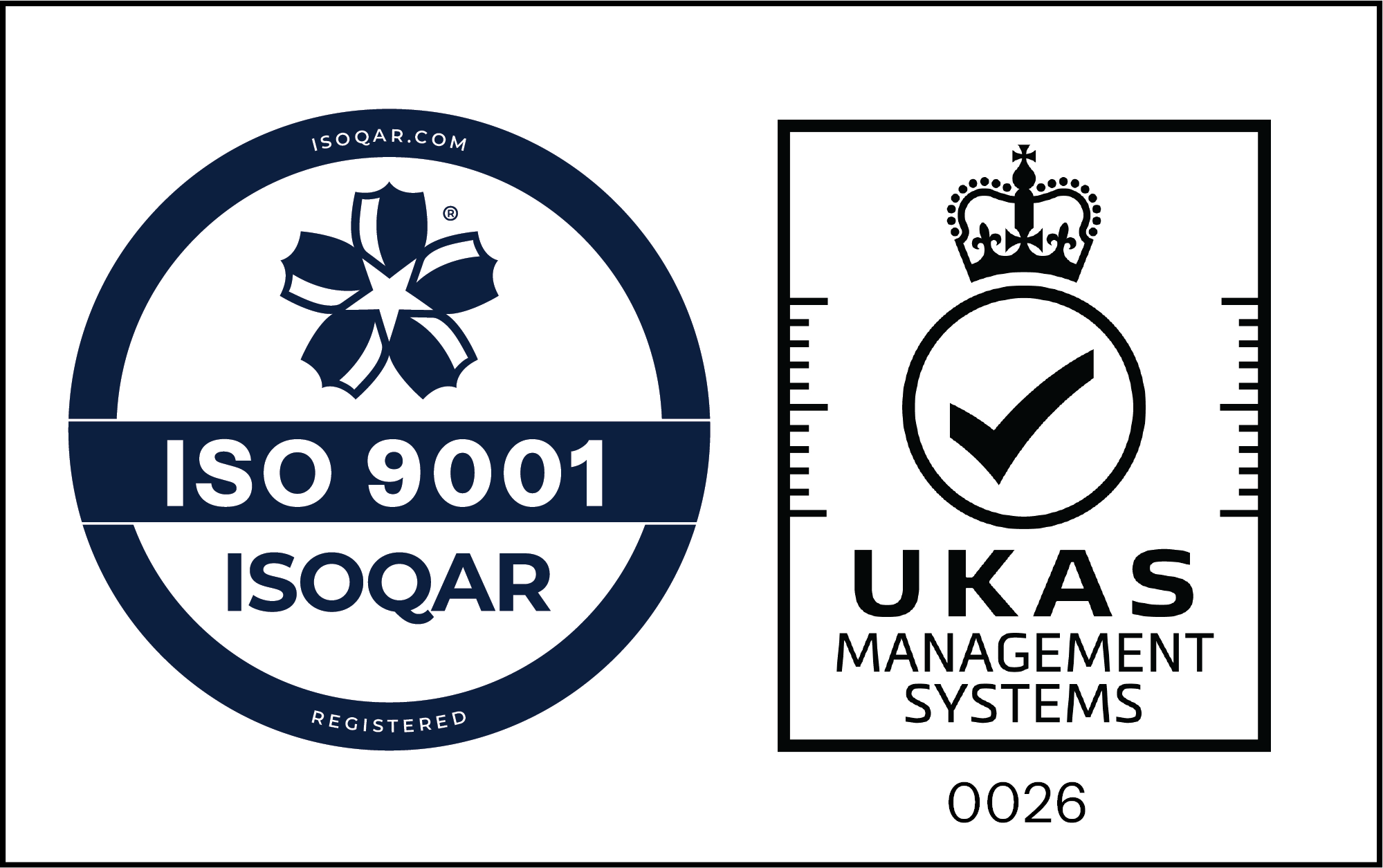Technological advancement is happening at lightning speed and driving radical change. Applying modern technology to the hydraulics industry could start a revolution, yet until now, it has remained unchanged.
The industry is still, to this day, using historical information to make decisions for the future instead of rethinking how hydraulic systems could be improved using modern technology.
When identifying an issue in a hydraulic system, traditional manufacturers focus on making small, incremental changes to already outdated, inefficient systems. As a result, the systems become overly complex, and companies are left with high maintenance costs and significant energy waste. It’s time for a change, and that time is now.
Hydraulics are everywhere. They play an integral role in day-to-day operations all around the world. One of the key components of a hydraulic system is a servo valve. Servo valves are responsible for controlling the flow, pressure, and direction of hydraulic fluid within the system to actuate movement by opening and closing the valve in response to an electrical signal.
Traditionally, the two most common types of servo valves are two-stage servo valves and direct drive servo valves. While both valves perform similar functions, there are key differences that affect their performance and suitability for specific applications.
Traditional Two Stage Servo Valves
A two-stage servo valve consists of two separate valve elements; the first stage and the second stage (or main stage). The first stage controls the fluid flow to the second stage which moves the second stage, and then the second stage controls the fluid flow through the valve. Generally, two-stage servo valves are much smaller and perform better than traditional direct drive servo valves. However, various design elements of the two-stage lead to inefficiencies in the valve.
One example of this is the use of pressure seals linked to atmosphere. High pressure seals to atmosphere are used to withstand the internal pressure exerted by the fluid to prevent fluid leaking to the outside world. There tend to be more high pressure seals on two-stage servo valves compared to direct drive servo valves, and the challenge with too many pressure seals is they are prone to damage so have a short life span. As a result, the costs and resources associated with the repair and maintenance of the valve tend to be much higher. Two stage servo valves often have more internal seals as well to help reduce leakage, another common flaw in two stage servo valves, requiring repair and maintenance as well.
Reducing leakage, or parasitic loss is critical for valve users. Unfortunately, the design of the two-stage servo valve makes it challenging to achieve this. For example, a two-stage servo valve needs to have constant high pressure at one end of the spool within the first stage, requiring a minimum amount of pressure to be applied continuously. This makes the valves unsuitable for low-pressure applications and highly inefficient due to the constant flow causing parasitic loss.
Rather than tackling the root cause of parasitic loss, traditional manufacturers tend to find workarounds such as reducing the size of the pressure opening in the valve to make it as small as possible; the caveat being this increases the risk of debris in the oil which causes blockages and stops the valve from functioning.
There are usually two ways to overcome this challenge; the first is to filter the oil which is very expensive for the customer, or a filter can be added to the valve to catch the debris before it enters the galleries. However, not only does this add weight to the valve, but it also adds complexity to the design, and eventually, the filter will get blocked anyway, increasing maintenance time and costs yet again.
One of the key benefits of traditional two-stage servo valves is that they are small, compact, and lightweight, making them ideal for industries such as aviation, automotive, and robotics where space and weight matter. However, in order to keep them small it has not been possible to put electronics on the valves themselves, meaning central electrical control units are required to control the valves. To make sure electronics are not needed on the valves some manufacturers compromise by using a mechanical feedback system which can be slow to respond, are unreliable, and not repeatable. An alternative would be electronic feedback which is commonly used in direct drive servo valves.
Traditional two-stage servo valves have served their purpose until now but with the technological advances of today, there is significant room for improvement.
Traditional Direct Drive Servo Valves
One of the other main types of servo valve is a direct drive servo valve. Direct drive servo valves use a single-stage element to regulate fluid flow and are actuated by a solenoid or other type of electromagnetic device.
The simplicity of the direct drive servo design, compared to a traditional two-stage servo valve, includes fewer components and galleries, as well as no pilot stage. This reduces the risk of blockages which reduces leakage making the valves more energy efficient and functional. It also reduces the cost of maintenance and increases the lifespan of the valve.
Most direct drive servo valves have onboard electronics which enable the user to read the position of the spool with accuracy and precision, then correct the position to optimise the performance of the valve. Onboard electronics are repeatable and generally more reliable than mechanical feedback, however, they tend to have slower response times which can cause a delay in actuation.
Still, the main issue surrounding onboard electronics is how outdated they are. For example, electronics that exist in traditional valves are not able to withstand hot and harsh environments or high vibrations which limits their application. Whereas modern electronics are advanced enough to function in most environments making them applicable to a variety of industries.
Traditionally direct drive servo valves are much bigger and bulkier than traditional two-stage servo valves, so they tend to be unsuitable for applications where space and weight are important.
Both types of traditional valves have considerable drawbacks that result in companies having to compromise when choosing a valve to suit their desired application. But the industry is changing, and Domin is leading the way with the hydraulic revolution.
Domin Has Started a Revolution
We put the hydraulics industry under a microscope and looked at it from a new perspective. We research and develop modern, cutting-edge technology to design and manufacture novel and innovative products that we use to create highly effective and sustainable hydraulic systems. The ground-breaking technology that we have designed is the future of hydraulics. It combines the best features of all valves currently on the market, without any compromise.
By using advanced technologies such as additive manufacturing, brushless DC motors, well-designed and effective gearing systems, and modern electronics, we have built direct drive servo valves that have 40% fewer parts, 25% higher flow, and are 400% smaller and 200% faster than the majority of valves available today.

Using Cutting-Edge Technology to Drive Change
Additive manufacturing has never been used to create hydraulic systems, yet the advantages of this technology are endless. To name a few, we can produce valves that are more lightweight and compact than any others on the market, create advanced design features tailored to our customer’s needs, reduce lead times, and make more affordable products without compromising on quality.
Our effective gearing system contributes to the overall reliability and longevity of our valves by reducing the stress and wear on valve components, and the brushless DC motors help our valves run efficiently with little to no power loss.
The benefits of using the technology we do, in the way that we do, are endless. We have ambitious plans to continue developing outstanding hydraulic technology whilst increasing the efficiency of all hydraulic systems by 90%.
Part of this plan includes using modern electronics to capture data that can be used to identify trends, optimise maintenance schedules, and improve system performance. We will use this to connect valves with other components in the hydraulic system, incorporate additional safety features and fail-safe modes and give the user access to identify issues and perform maintenance tasks without physically accessing the valve.
We are leading a revolution and are determined to make the world a better and more sustainable place to live by improving the effectiveness of day-to-day operations.
To join us on this journey, please contact our Sales team and learn more about how Domin valves can help you improve the performance and reliability of your hydraulic systems and increase profits for your business.
Want to learn more? Check out our article on How Domin are Overcoming The Inefficiencies Of Traditional Valves.

